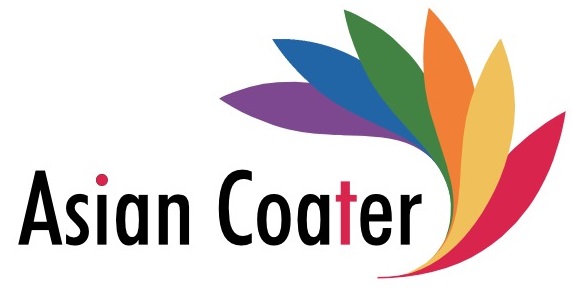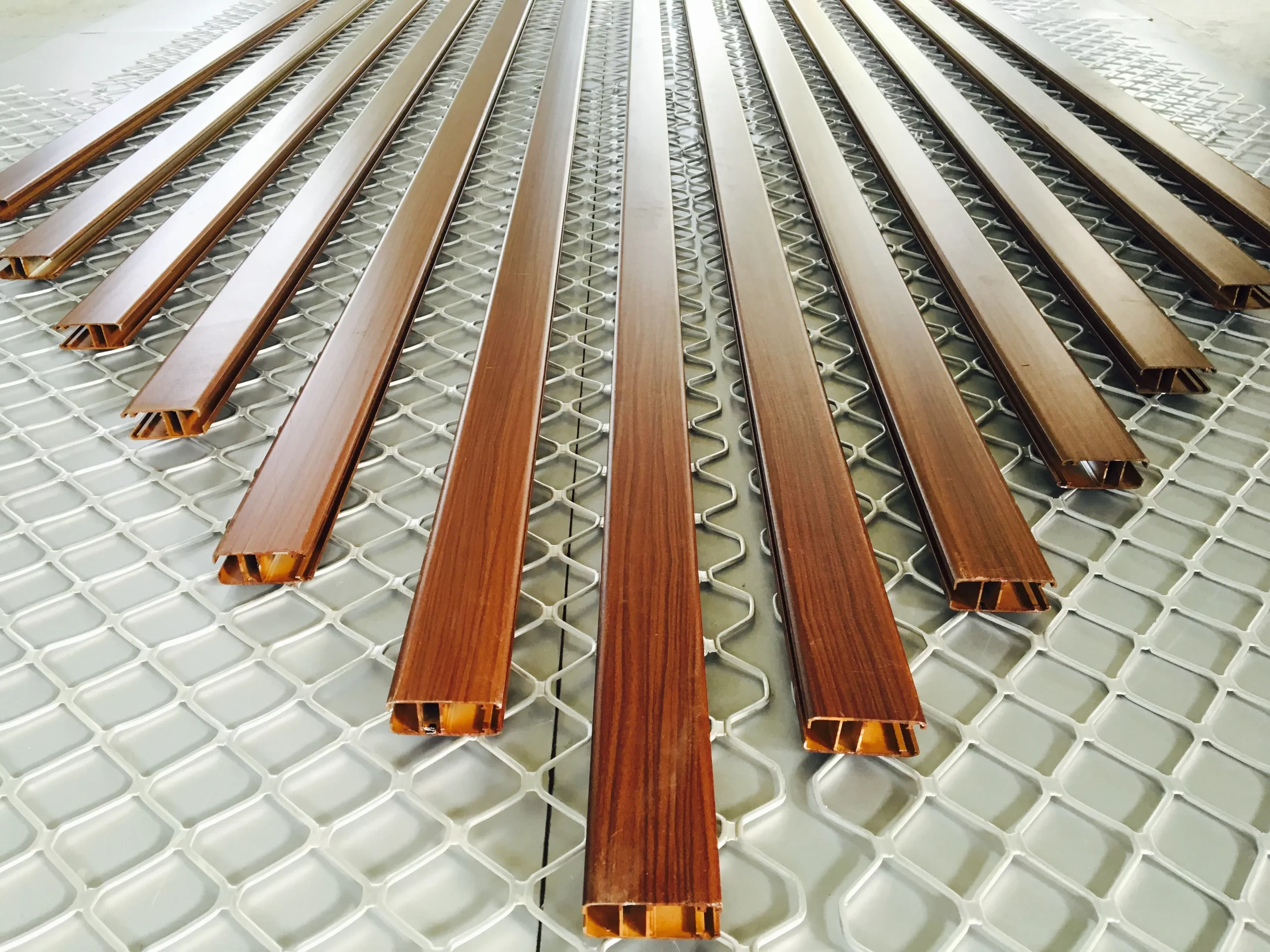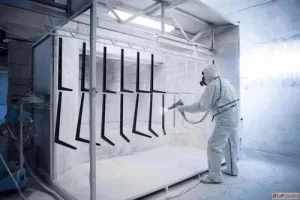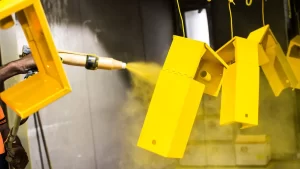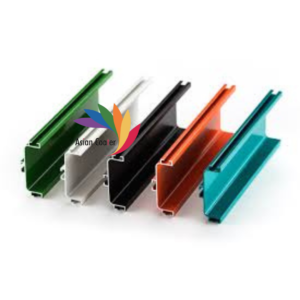Asian Coater is one of leading providers in offering premium-quality powder coating solutions according to various industries. One of the most common questions of people’s “What materials can be powder coated?”
Powder coating is known for its durability and attractive finish. But it’s important to understand that not all materials are used for the powder coating process. In this blog, we’ll explain what materials can (and cannot) be powder coated, and why this matters when planning your project. What is Powder Coating?
What is Powder Coating?
Powder coating is a dry finishing process that uses electrostatically charged powder made from resins, pigments, and additives. The powder is sprayed onto a surface and then cured in an oven, where it melts and forms a smooth, durable, and even finish. Compared to traditional liquid painting, powder coating is: More environmentally friendly (no solvents or VOCs), More resistant to corrosion, chipping, scratching, and fading, Available in a wide range of colors, textures, and finishes.
But for powder coating to be effective, the surface must be able to withstand high heat (typically 180°C–200°C) and be electrically conductive to some degree (for electrostatic attraction).
Materials That Can Be Powder Coated
- Metals – Metals are the ideal material for powder coating. They are conductive and can handle the heat of the curing process, making them perfect for the electrostatic powder coating application.
Commonly Powder-Coated Metals:
| Metal Type | Examples |
|---|---|
| Aluminum | Window frames, bike frames, auto parts |
| Steel | Furniture, tools, appliances |
| Galvanized Steel | Outdoor furniture, railings |
| Stainless Steel | Kitchen equipment, architectural pieces |
| Brass & Copper | Decorative fixtures, art installations |
| Cast Iron | Machinery parts, outdoor benches |
- Glass – Although not common, glass can be powder coated with special techniques. Since glass is non-conductive, the process requires special primers or modified powder coatings to adhere properly.
- Ceramics – Ceramics can technically be powder coated using high-temperature-resistant powders and specific bonding techniques. This is more common in industrial or specialty markets than in consumer applications.
- MDF and Wood (With Special Powders) – Wood and Medium-Density Fiberboard (MDF) are non-conductive and can’t withstand the typical curing temperatures. However, low-temperature powder coatings have been developed for MDF and engineered wood.
Only specially formulated powders should be used, and the substrate must be free of moisture and fully sealed to prevent defects during curing.
Materials That Cannot Be Powder Coated
- Plastic – Most plastics cannot be powder coated because they melt or warp under the high curing temperatures. In addition, they are non-conductive, making it hard for the powder to adhere.
- Rubber – Rubber is flexible and temperature-sensitive, so it cannot withstand the curing process. It’s not suited for powder coating at all.
- Fiberglass – While fiberglass is sometimes powder coated in very controlled industrial settings, it’s generally avoided due to its low heat tolerance and non-conductivity.
At The End
To sum it up, metals are the best candidates for powder coating, but other materials like wood, glass, and ceramics can also be coated with the right techniques and powders. Plastics and rubber, however, are generally not suitable.
Choosing the right material is critical to achieving a successful powder-coated finish. Asian Coater’s offer guidance on material selection, surface preparation, and finishing techniques to ensure your project is durable, attractive, and sustainable.
